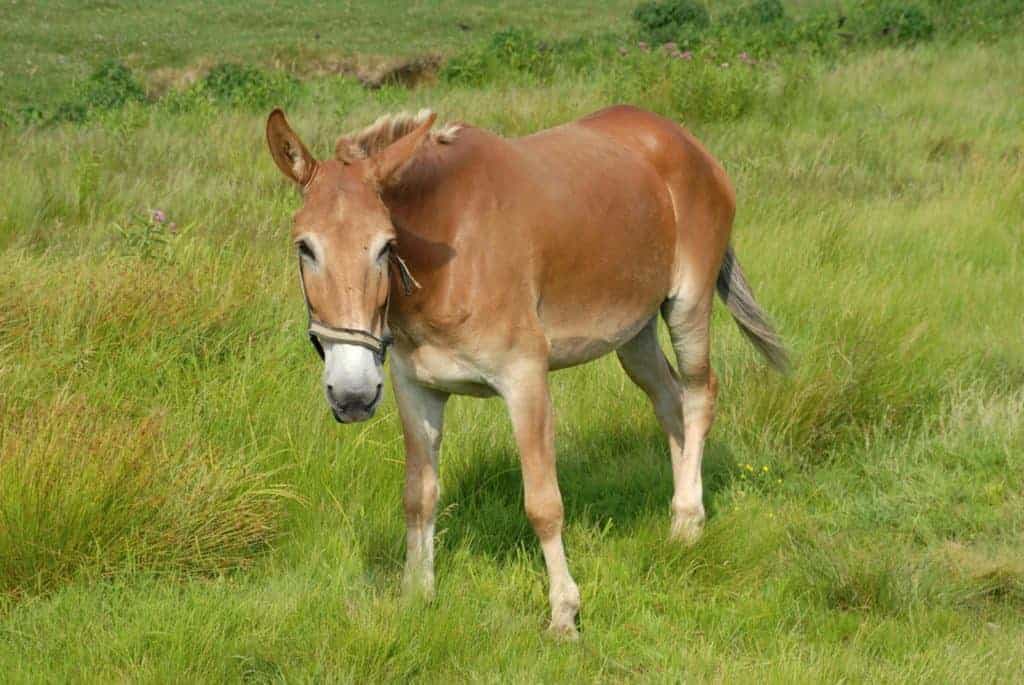
A Hardy, Handy Irish Horse
Editor Stephanie Church relives her trip to Ireland and one steadfast Irish horse. What is it that makes some horses seem more “durable” than others?

Editor Stephanie Church relives her trip to Ireland and one steadfast Irish horse. What is it that makes some horses seem more “durable” than others?

The Illinois Senate has passed legislation designating miniature horses as recognized service animals.

More people today are turning to mules to take advantage of the temperament and work ethic of these horse/donkey crosses.
Is corneal dystrophy more common in Appaloosas? What causes this condition, and what is the long-term prognosis?
In addition to long ears, she said, donkeys have a short, upright mane and have finer, lighter hair around the eyes and muzzle when compared to horses. Donkeys have no forelock and have a switch for a tail. Mules normally will have a full tail, but might not have a forelock.
Could something in the environment be predisposing my horses to Cushing’s syndrome?

The cutting horse’s dance of mastery over a cow is a beautiful thing to watch, but hard on the horse’s body.
Is it safe to breed a Quarter Horse mare N/H (heterozygous) for hyperkalemic periodic paralysis (HYPP)?
Dr. Sue McDonnell addresses readers’ questions about an older pony’s grumpy behavior and why horses might eat dirt.

The genuine pony displays the traits of centuries of pony progenitors, distinguishing himself from small horse breeds. In general, the pony is the same animal as the horse, yet he has many traits that make him unique.
Stay on top of the most recent Horse Health news with
"*" indicates required fields